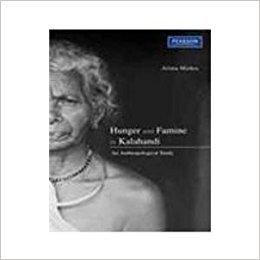Mention Kalahandi and it immediately evokes images of poverty and destitution. The hunger zone. Stories of starvation. Even the sale of children. Why is it that such conditions continue to prevail in that region? Is Kalahandi a special case, an aberration in independent India Arima Mishras passionately written book tackles these questions headon. Based on over 10 years of field research and travel in the KalahandiBolangirKoraput (KBK) region starting in 1993, this monograph is a valuable account of the lived experiences of people through conditions of chronic malnutrition and starvation. Within academic and policy literature, including the literature on entitlements of people, famine has been understood as an event with specific causes, a beginning, and an end, accompanied with mass mortality. Loss of entitlements is expected to follow from events such as a natural calamity, rising prices, loss of land, or onset of illness, for instance. The story of Kalahandi, however, does not fit into this frame.
The phrase poverty amidst plenty captures the record harvests of paddy, highest procurement by the Food Corporation of India in supposedly famine years, and even export of rice alongside the misery and hunger of the population, but without mass mortality.

